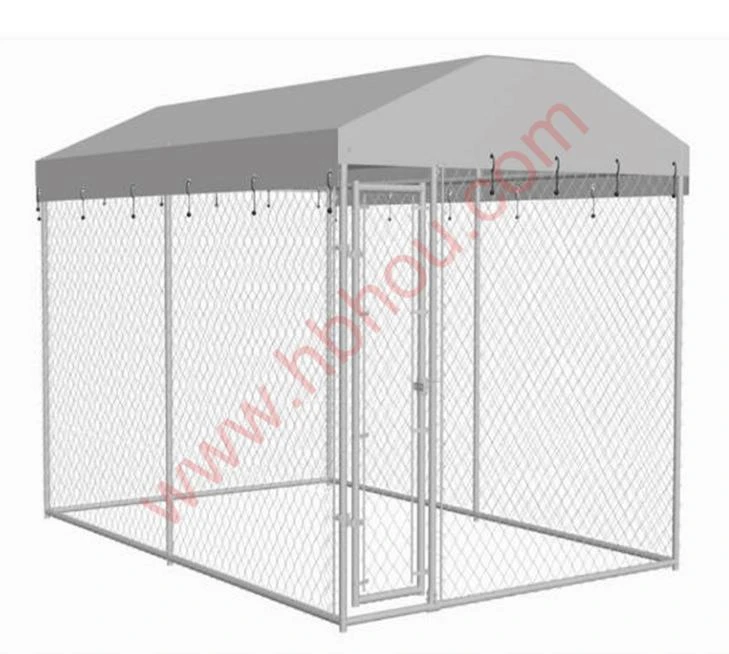Tomato Stakes for Plants Optimal Support for Healthy Growth
Tomatoes are one of the most popular vegetables grown in home gardens, celebrated for their versatility and rich flavor. However, to ensure healthy growth and high yields, proper support is essential. This is where tomato stakes come into play. These simple yet effective tools help sustain the plants as they grow, preventing damage and disease while promoting air circulation. In this article, we will explore the various types of tomato stakes, their benefits, and best practices for utilizing them in your garden.
Understanding Tomato Stakes
Tomato stakes are rigid supports placed in the ground next to tomato plants. They provide vertical support, allowing the plants to grow upward rather than sprawling across the ground. This not only saves space but also protects the fruits from soil-dwelling pests and diseases. Additionally, elevated plants receive better air circulation and sunlight exposure, leading to healthier growth and higher yields.
Types of Tomato Stakes
There are various types of tomato stakes available, each suited to different growing techniques and plant varieties
1. Traditional Stakes Typically made from wood, metal, or plastic, traditional stakes are usually around 4-6 feet tall. These stakes are driven into the ground beside the plants and are often tied to the stems for support. They are ideal for determinate varieties, which are bushier and do not grow as tall.
2. Trellises While not traditional stakes in the strict sense, trellises are another popular option for growing tomatoes. These structures can be vertical or horizontal, providing a larger support area for indeterminate varieties, which tend to grow tall and require more support. Trellises allow for multiple plants to be trained along the structure, maximizing space in the garden.
3. Cages Tomato cages are another effective support system, offering a three-dimensional framework for plants to grow. They consist of wire or sturdy plastic, forming a cylindrical shape that surrounds the plant. Cages are particularly beneficial for gardening novices, as they provide support without the need for tying and adjusting stakes regularly.
4. Florida Weave This method involves using a series of stakes and twine to create a support system for multiple tomato plants in a row. The stakes are driven into the ground at intervals, and twine is woven between the plants, offering a sturdy structure that keeps them upright. The Florida weave is particularly effective for indeterminate varieties, allowing them to grow tall while remaining stable.
Benefits of Using Tomato Stakes
The advantages of using tomato stakes are numerous
tomato stakes for plants

- Improved Air Circulation Elevating tomato plants off the ground promotes air circulation around the leaves, reducing the risk of fungal diseases such as blight.
- Healthier Fruits When tomatoes are off the ground, they are less likely to rot from contact with damp soil. This leads to healthier fruits and higher-quality yields.
- Easier Harvesting Staking makes it much easier to access the fruits for harvesting, reducing the time and effort required to pick ripe tomatoes.
- Space Efficiency Vertical growth means that you can plant more tomatoes in a smaller area, making it an ideal solution for gardeners with limited space
.Best Practices for Using Tomato Stakes
To maximize the benefits of tomato stakes, consider the following best practices
- Choose the Right Stakes Select stakes that are 4-6 feet tall for standard varieties and taller options for indeterminate varieties. Ensure that they are sturdy enough to withstand wind and the weight of fruit-laden plants.
- Install Stakes Early Place the stakes in the ground when you transplant your seedlings, to avoid damaging the roots later in the season.
- Tie Securely but Gently Use soft ties like garden twine or soft fabric strips to secure the plants to the stakes. Avoid tight bindings, as they can constrict growth.
- Regular Maintenance Check the stability of the stakes and the ties regularly throughout the growing season, making adjustments as needed.
In conclusion, tomato stakes are an essential component of successful tomato gardening. By choosing the right type of support and implementing best practices, gardeners can enjoy healthier plants, easier harvesting, and a bountiful harvest of delicious tomatoes.
















